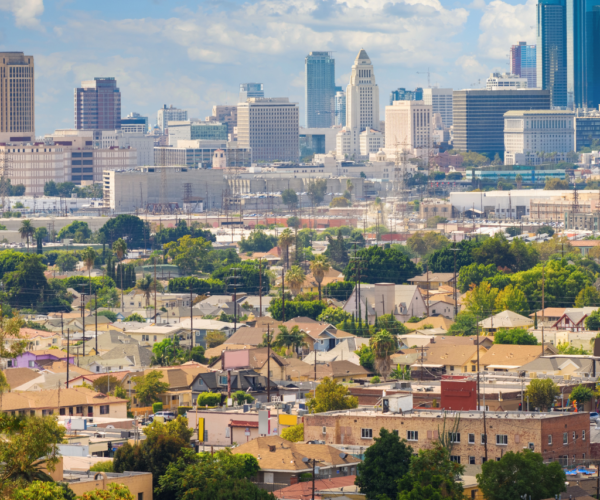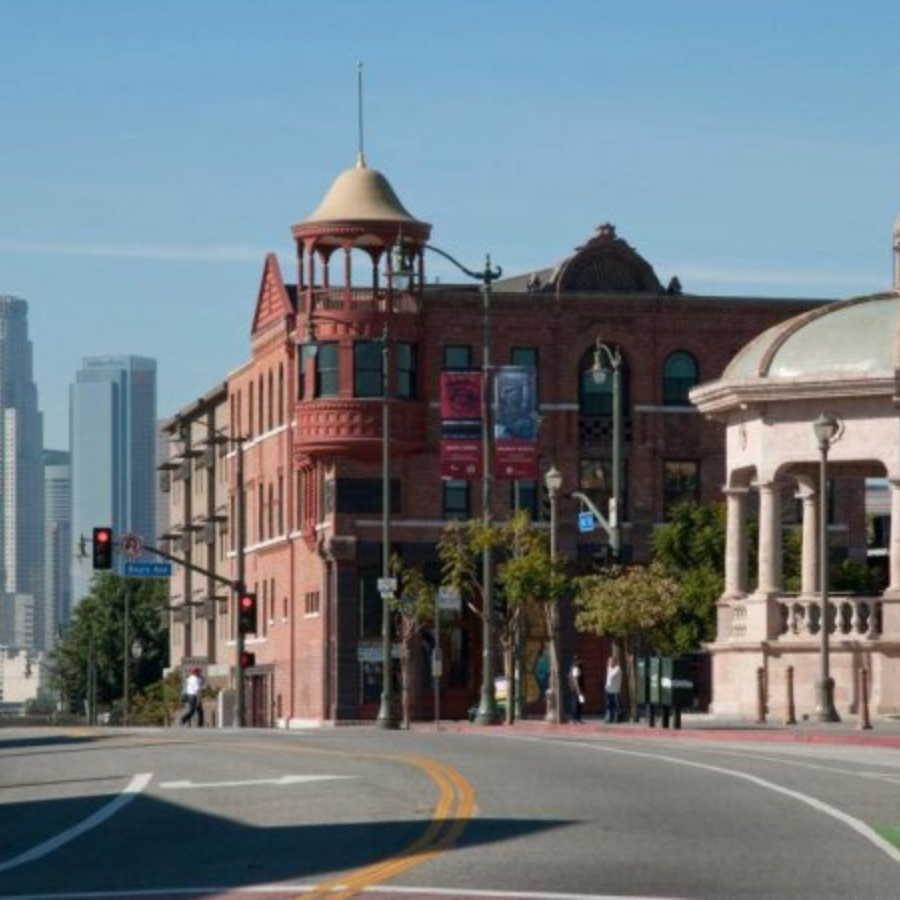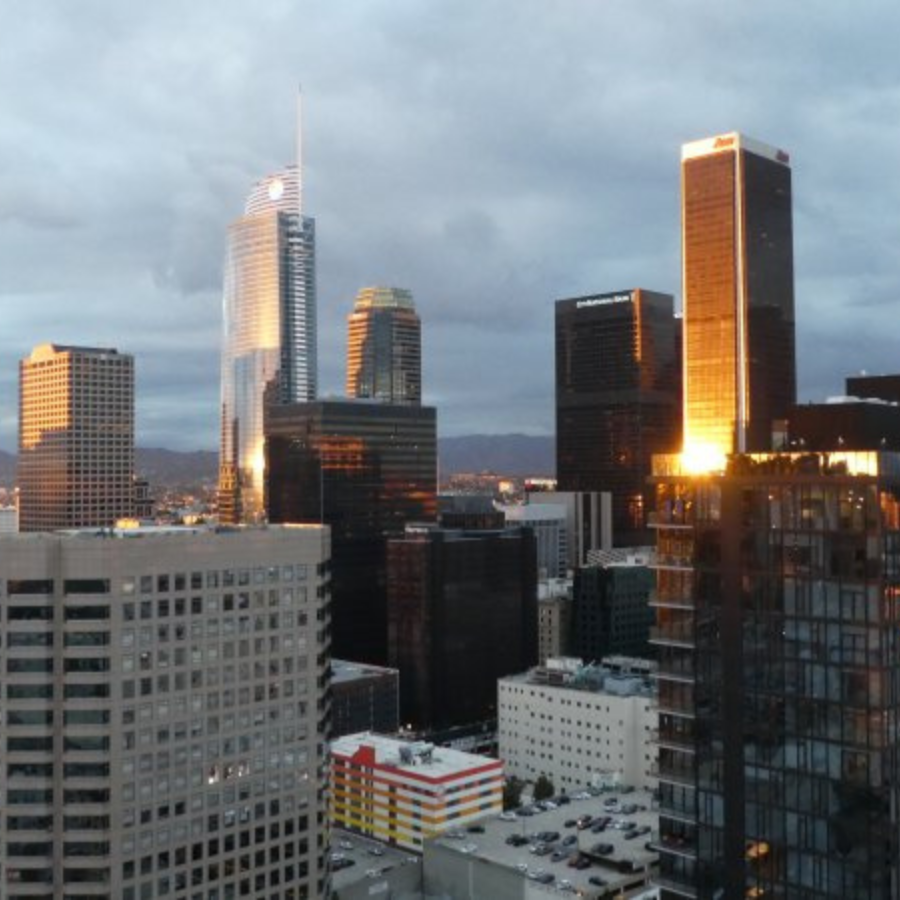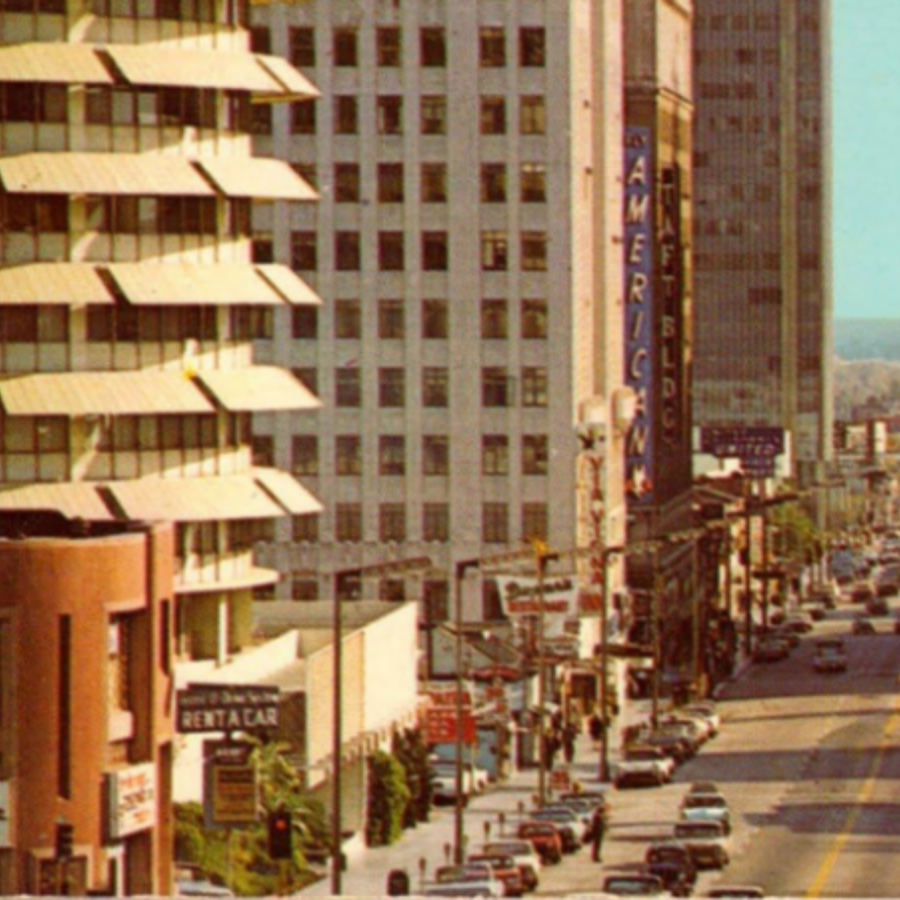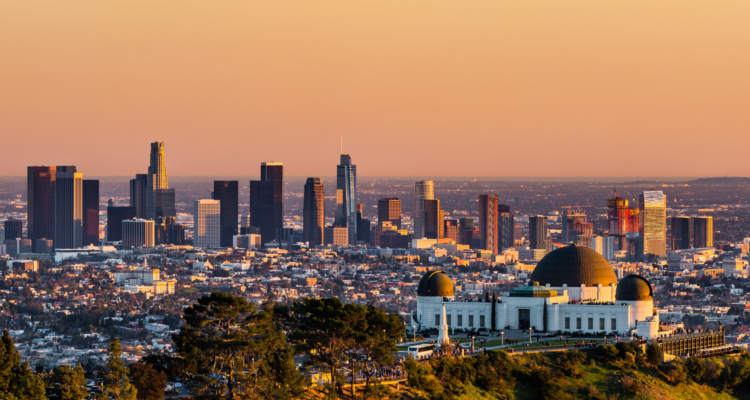
Los Angeles' Community Plans
New Community Plans are a chance to create a thoughtful blueprint for Los Angeles' future.
“Make no little plans” is something many of us have heard before, a motto coined by famed urban planner Daniel Burnham. In a place as big and diverse as Los Angeles, a challenge with planning the city’s future is, in part, a matter of scale.
How do we craft a vision of Los Angeles that works for everyone?
While Angelenos should think big in terms of a broad, long-term vision, we also need to plan on a smaller scale, at the community level. In Los Angeles, this typically happens through Community Plans. In its most basic form, a Community Plan helps guide growth and development by stating what can and cannot be built in a specific area. It plays an important role in preserving the unique character of older and historic neighborhoods.
About L.A.'s Community Plans
California state law requires all local jurisdictions to adopt a comprehensive Citywide General Plan, which serves as the principal planning document for directing future growth. The City of Los Angeles last updated its General Plan in 1996 and has committed to revisions in the coming years.
Given its size, the City has established thirty-five discrete Community Plans to implement the goals and policies of the General Plan at a local level. In this context, a “community” generally means an area of multiple neighborhoods, which can encompass a range of residential, commercial, transit, and industrial uses.
Though each Community Plan is distinct, they all aim to manage development in their given areas by setting goals and policies that balance growth with retention of the existing fabric. These long-range documents are designed to encourage sustainable development in neighborhoods that can accommodate new density while reinforcing the unique character of older and historic communities.
At this critical time in its growth, City of Los Angeles intends to update each of its thirty-five Community Plans.
With most of the Community Plans woefully out of date, Mayor Eric Garcetti and City Council pledged in the spring of 2016 to amend each of the plans within a decade. Several are currently underway, and more than twenty remain in the queue for future revision.
According to the City, the updated Community Plans will reflect the following objectives:
- Integrate land use, infrastructure, and transportation improvement;
- Direct growth to centers while preserving established residential neighborhoods;
- Create healthier, more livable neighborhoods and economically vital business districts that can provide more job and housing opportunities for city residents; and
- Facilitate improved design of new and renovated structures and public spaces.
The New Community Plans program represents a rare chance to establish clear goals and policy recommendations for historic preservation and neighborhood conservation.
By indicating where development can and can’t take place, Community Plans offer a base level of predictability and can ease, as well as fuel, development pressures.
The City’s Community Plans are designed to address a range of topics, from housing and mobility to open space and jobs. This breadth requires a delicate balance between incentivizing new development and conserving existing resources. As a result, the process of drafting new Plans opens the doors for thoughtful and creative new tools for managing historic resources and reinforcing neighborhood character.
Los Angeles’ City Council voted in February 2017 to establish a new schedule for revising the Community Plans every six years. The City has also allocated $1.5 million in new annual funding to expand its planning staff after years of budget cuts.
The City is actively revising the following Community Plans:
The following New Community Plans have been adopted:
The Conservancy closely follows the New Community Plans program and will continue to work with the City to incorporate meaningful protections for historic resources and older neighborhoods. For more information about our positions on the proposed plans, click on the links to our comment letters in the column to the left.
Active Community Plans
-
Boyle Heights Community Plan
Active
Read MoreOn April 20, 2023, the City Planning Commission considered and recommended for approval the Proposed Boyle Heights Community Plan.
-
Downtown Community Plan (DTLA 2040)
Active
Read MoreThe Central City Community Plan currently in effect was adopted in 2003. A community plan update process is actively underway.
-
Hollywood Community Plan
Active
Read MoreThe Hollywood Community Plan that is currently in effect was adopted in 1988. A community plan update process is actively underway.
Adopted Community Plans
-
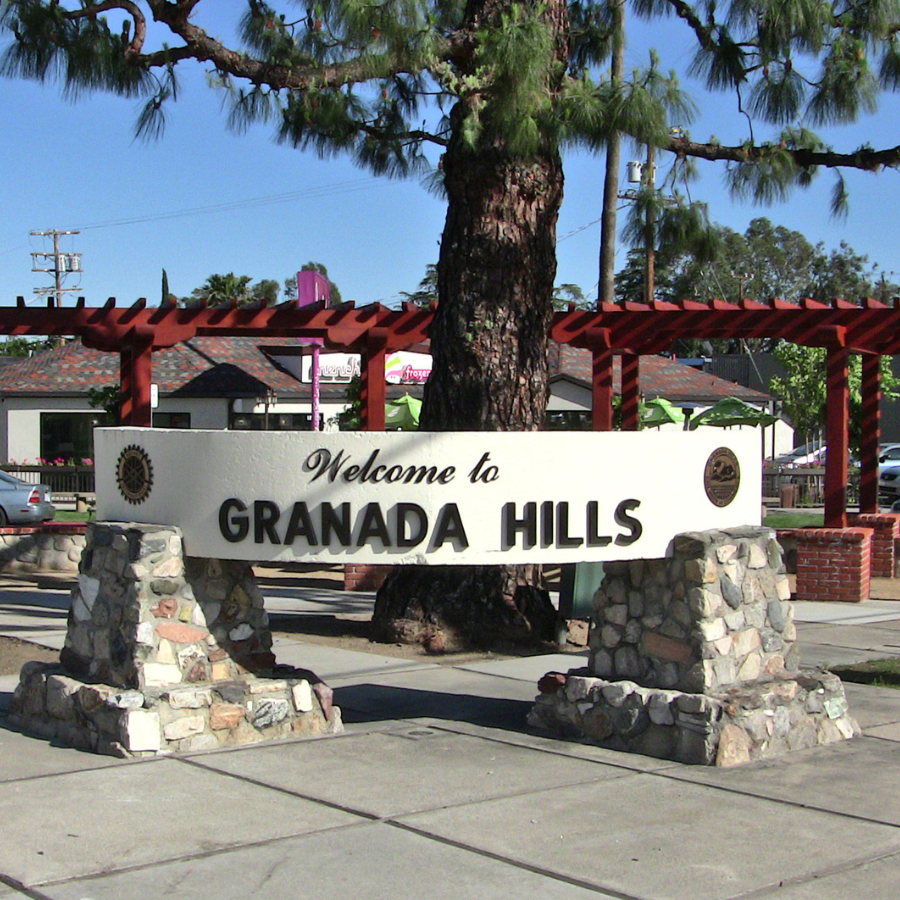
Granada Hills-Knollwood Community Plan
Adopted in 2015
Community Plan Document →
LAC Comments →
It is anticipated that the City will begin a plan update process in 2024. -
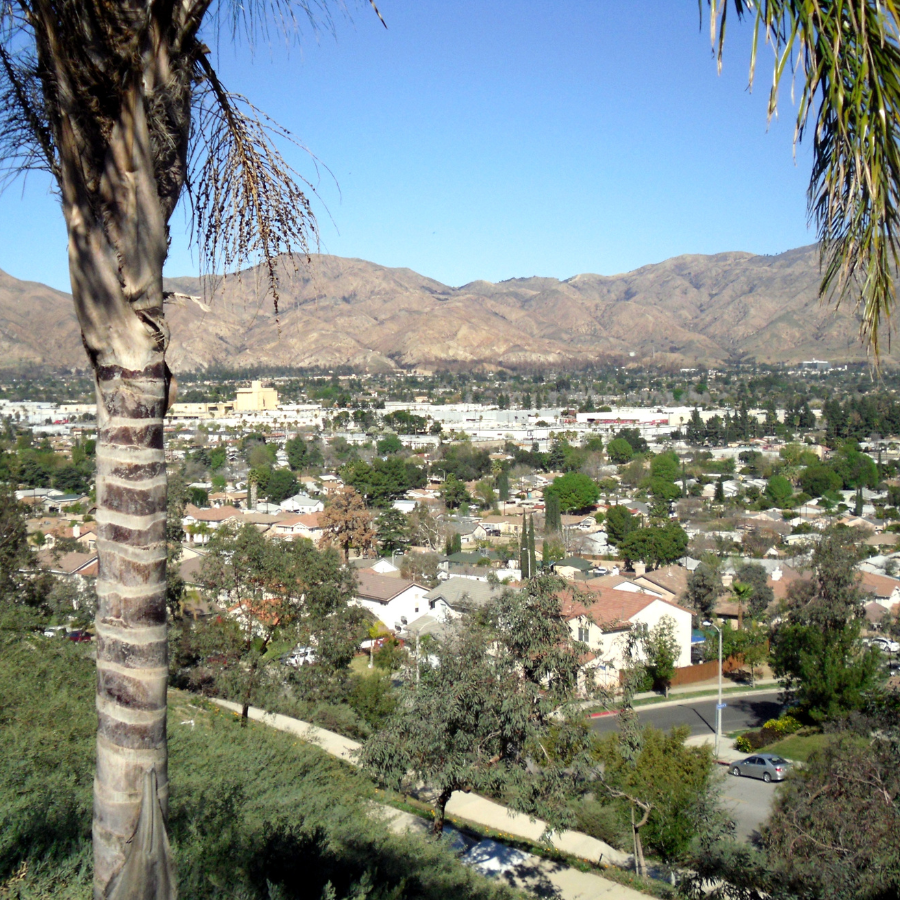
-
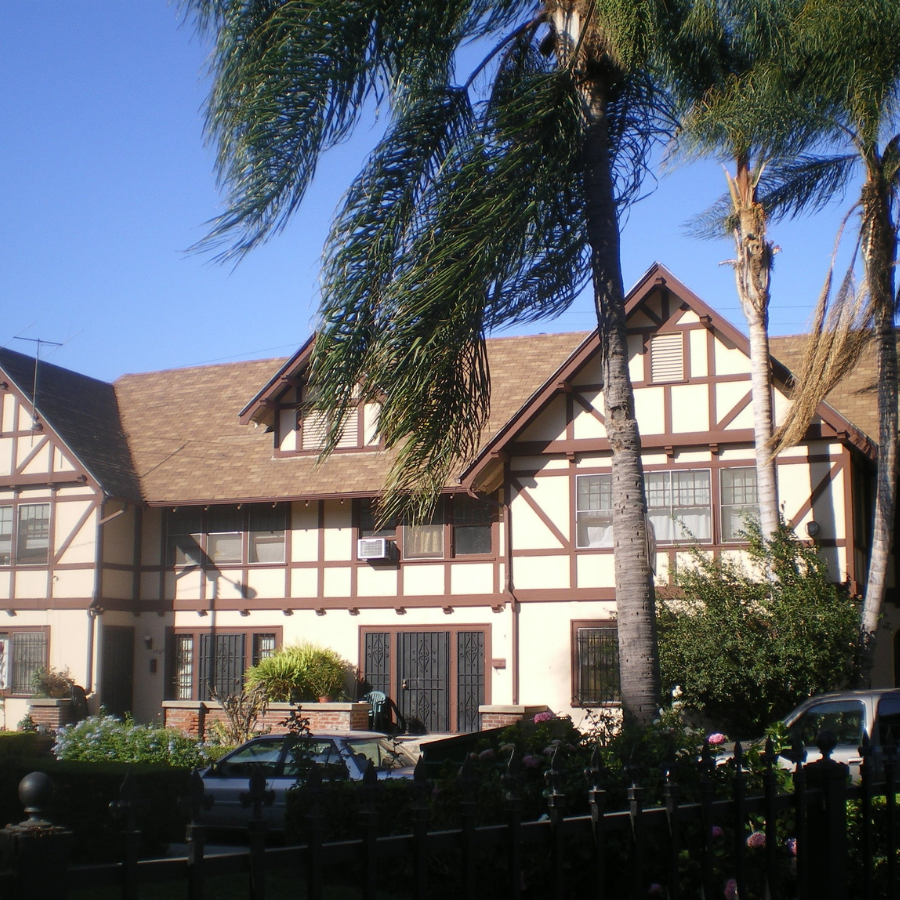
Get Involved
Get involved! Community planning is a group effort, and we encourage all to participate. This is a crucial opportunity to help shape the future of L.A. neighborhoods, which will only become more important over time, as L.A. continues to grow up, both figuratively and literally.
Though the process of updating the plans often spans several years, the final product benefits tremendously when residents get involved. By writing letters, attending public workshops, and commenting during hearings, you can ensure that your voice is represented in your community’s new blueprint. Click on the links above to read the latest drafts of the plans and to learn more about upcoming events.
